116 E 800 S Smithfield, UT 84335
116 E 800 S Smithfield, UT 84335
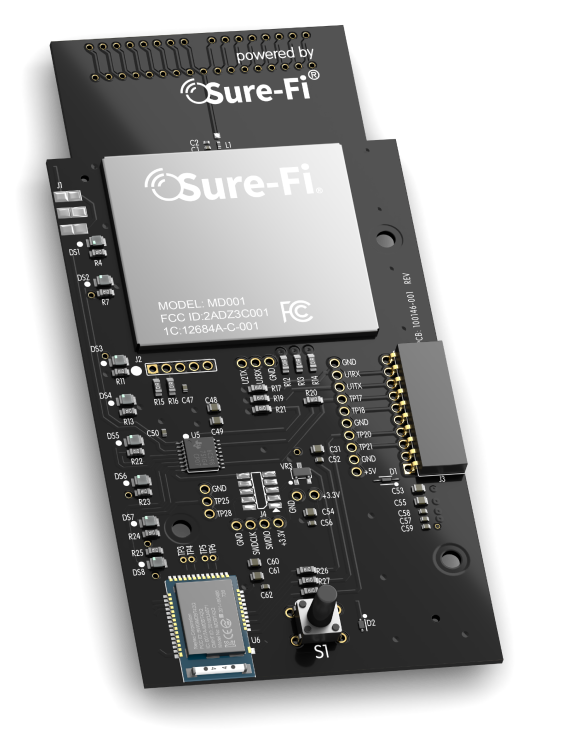
Operating on the 900MHz ISM band, our solutions strike the perfect balance between range, power consumption, and reliability, making them the ultimate choice for low-bandwidth industrial applications.
Chirp Modulation is a component of the radio signal where the actual wave form increases and decreases in frequency creating a pulse. Each pulse sweeps the transmitted bandwidth and is encoded with a single piece of information. Multiple chirp pulses are chained together to make up a packet for communicating data from one radio to another. This method of modulation helps the signal be easily distinguished from noise which means the radio is extremely robust in noisy environments.

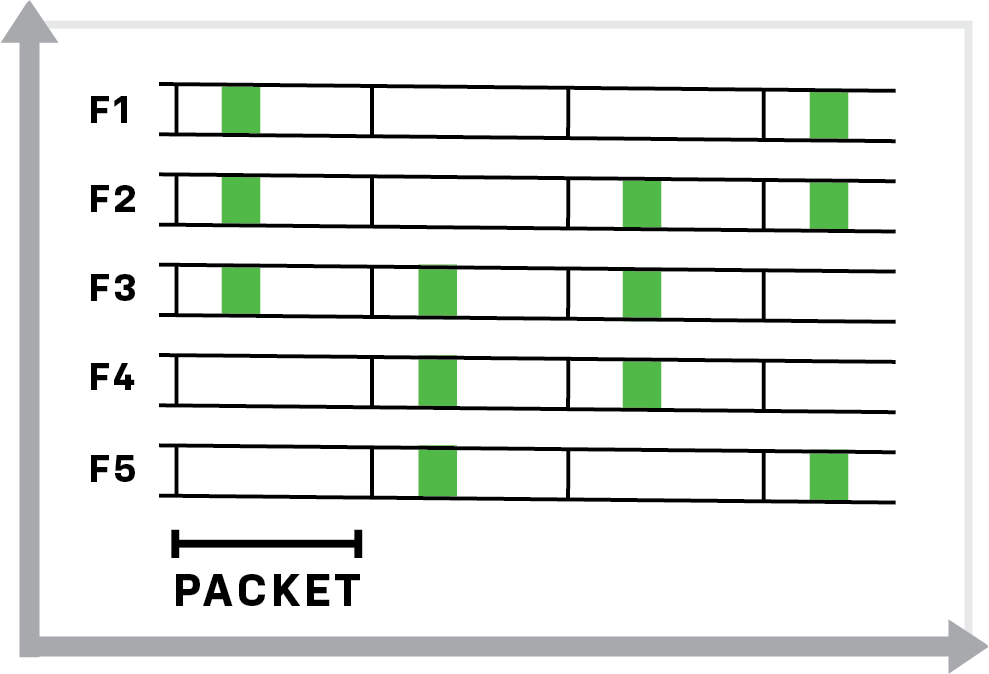
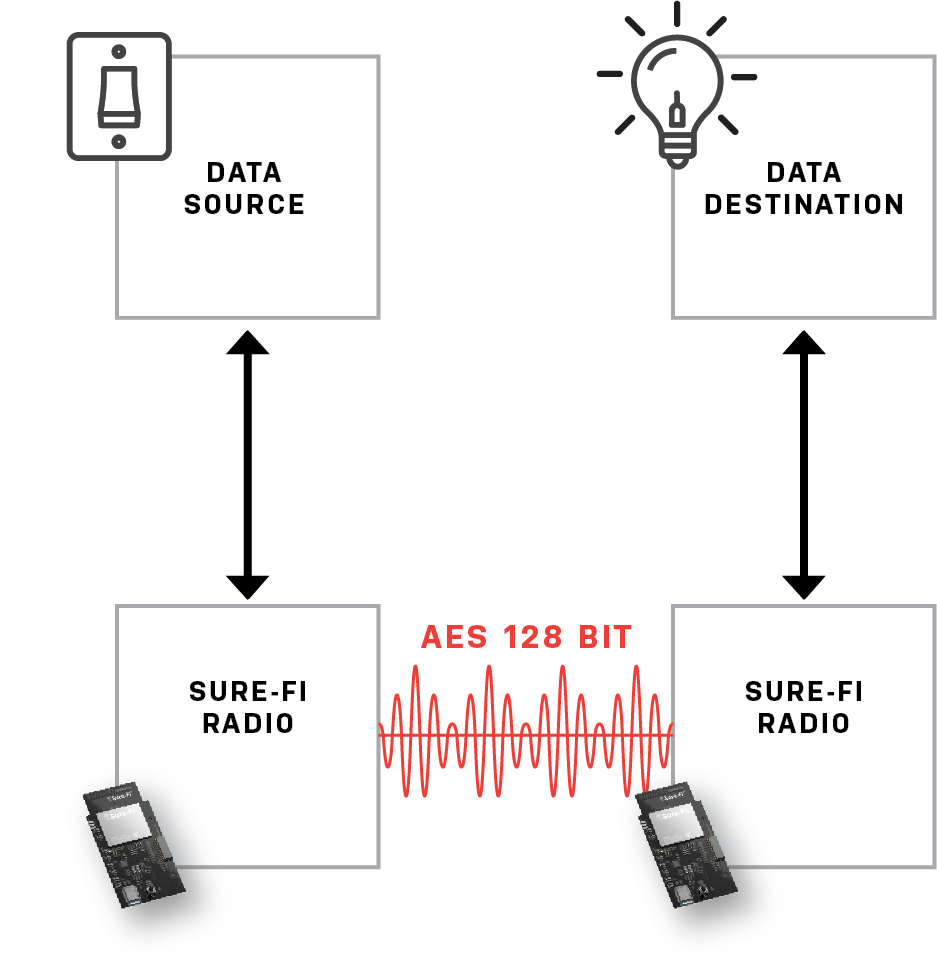
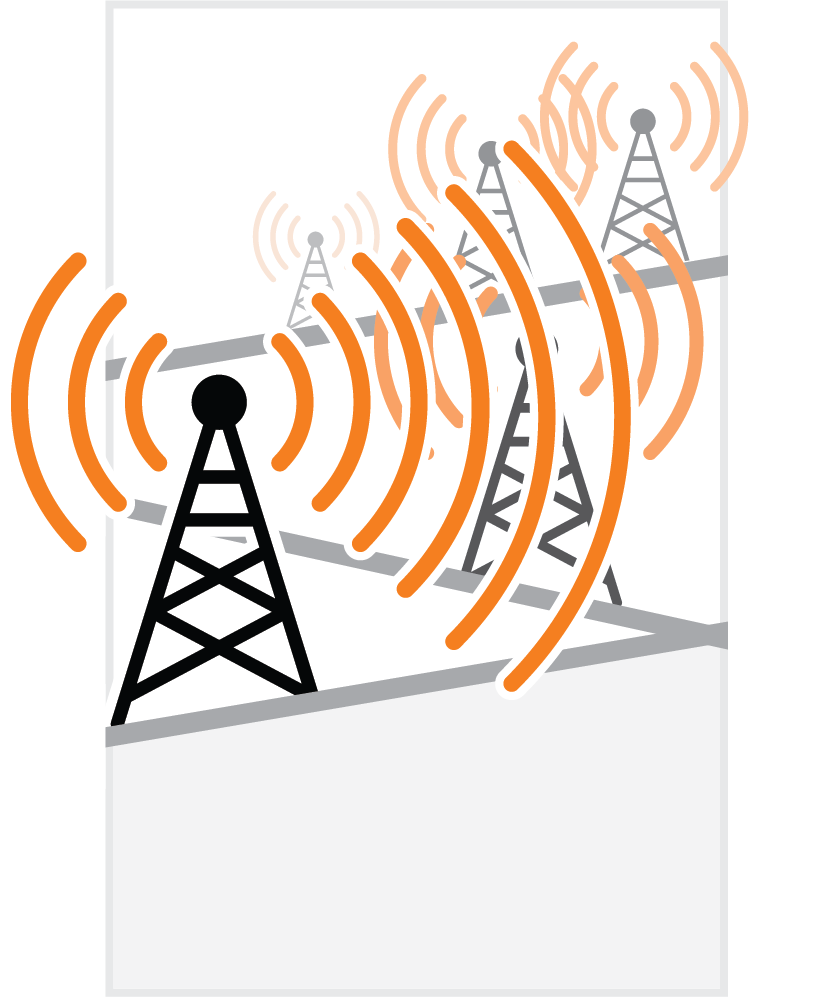
All radio communications are impaired to varying degrees by obstructions in the line of sight between the communicating devices. These obstructions can be trees, landscapes, buildings, objects, heavy rain or snow, etc. Often nearby objects can disturb the signal even if they don’t block it due to signal reflections. These reflected signals, known as multipath signals, can recombine with the original signal causing it to be impaired or faded.
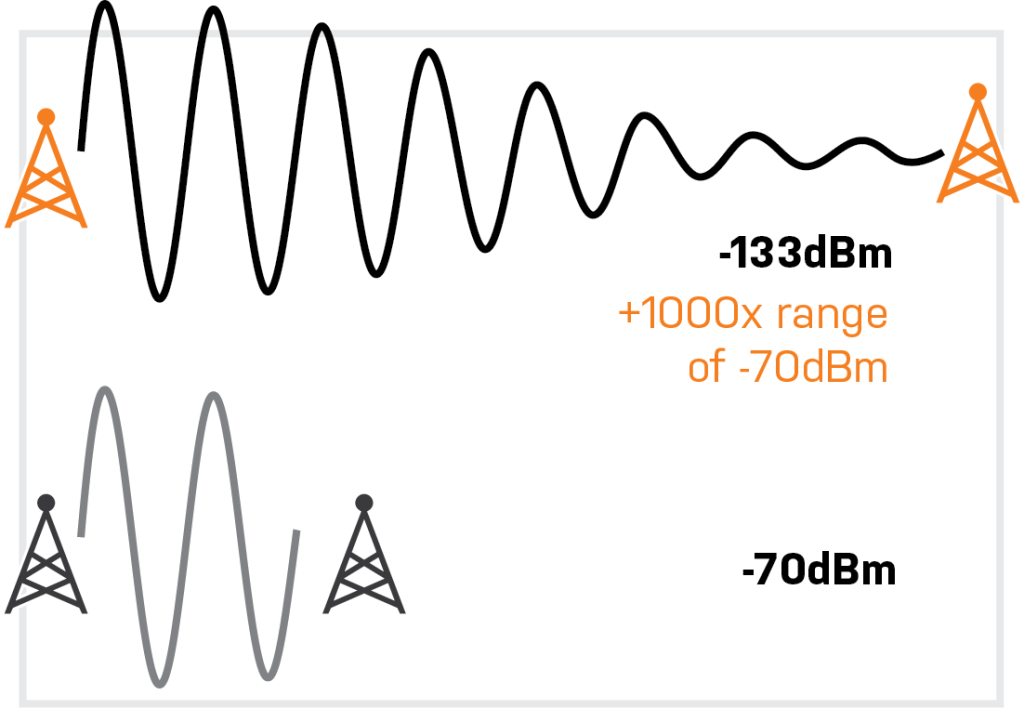
In an industry where every second and every dollar counts, Sure-Fi offers the tools to work smarter, not harder. With thousands of satisfied integrators and businesses already trusting Sure-Fi, we’re proud to be the leader in wire replacement technology for industrial connectivity.
Discover how Sure-Fi can transform your next project. Contact us today or explore our solutions to learn more.

Operating on the 900MHz ISM band, our solutions strike the perfect balance between range, power consumption, and reliability, making them the ultimate choice for low-bandwidth industrial applications.
Chirp Modulation is a component of the radio signal where the actual wave form increases and decreases in frequency creating a pulse. Each pulse sweeps the transmitted bandwidth and is encoded with a single piece of information. Multiple chirp pulses are chained together to make up a packet for communicating data from one radio to another. This method of modulation helps the signal be easily distinguished from noise which means the radio is extremely robust in noisy environments.




All radio communications are impaired to varying degrees by obstructions in the line of sight between the communicating devices. These obstructions can be trees, landscapes, buildings, objects, heavy rain or snow, etc. Often nearby objects can disturb the signal even if they don’t block it due to signal reflections. These reflected signals, known as multipath signals, can recombine with the original signal causing it to be impaired or faded.

